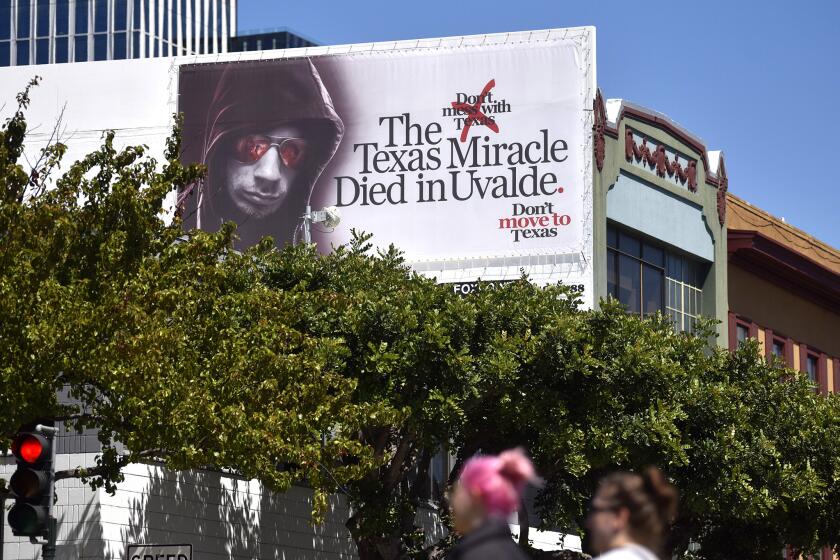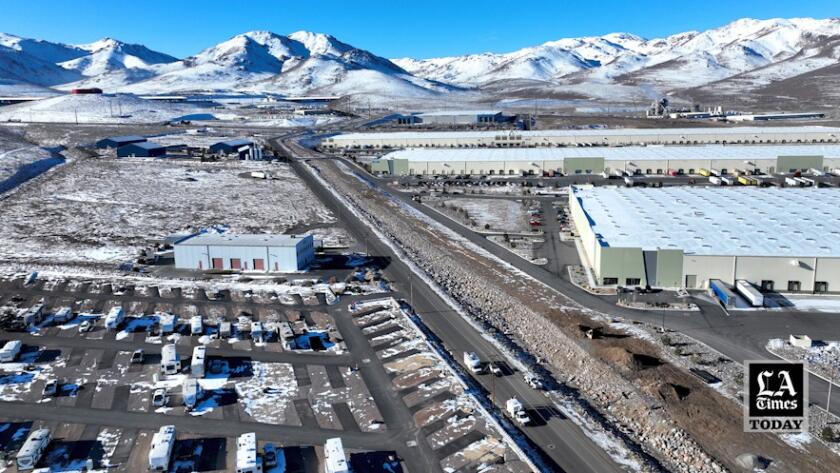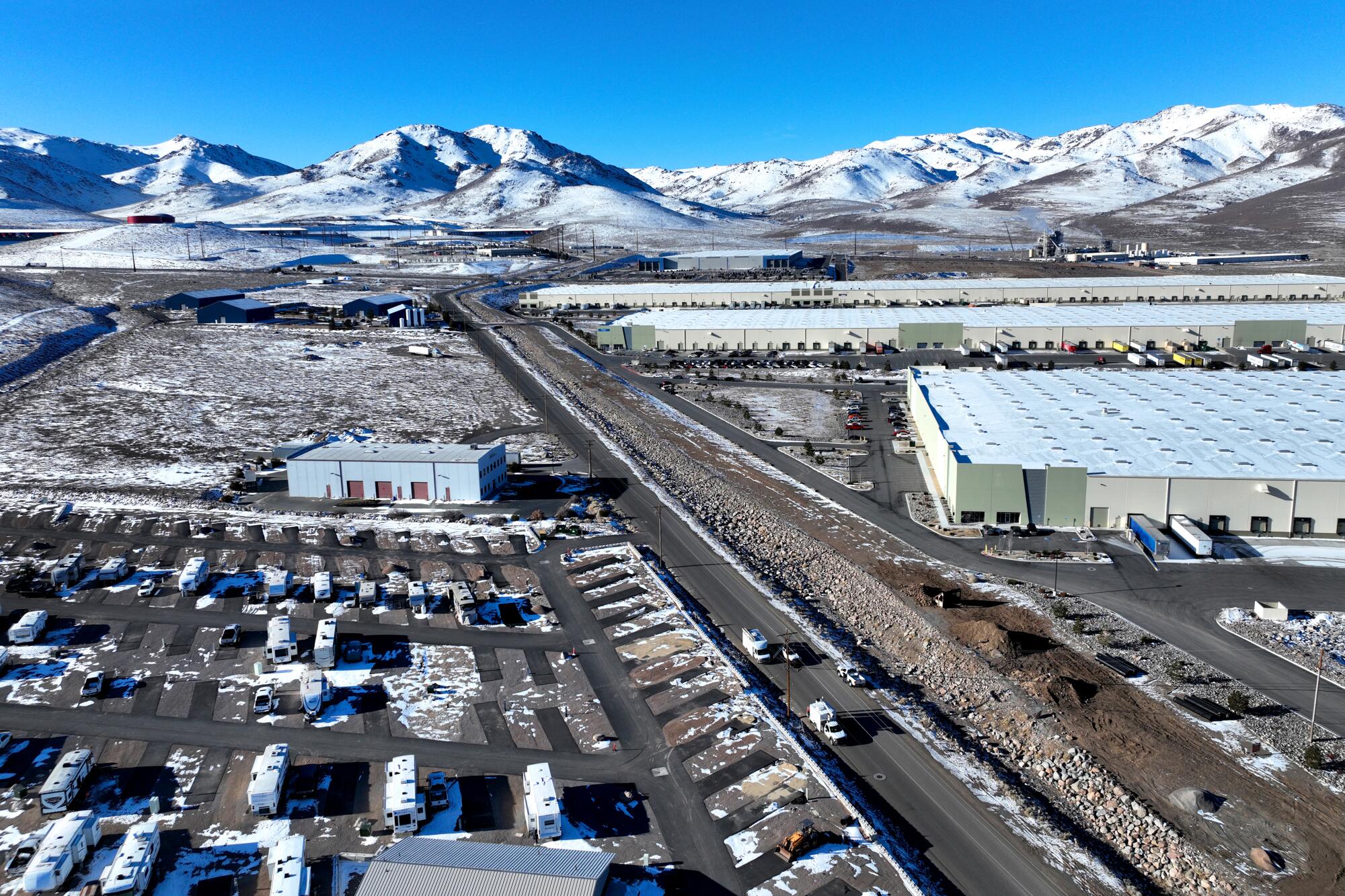
- Share via
STOREY COUNTY, Nev. — The wild horses, sagebrush and snow-dusted mountains make this scrubby expanse of northern Nevada seem farther than 265 miles from the bikeable campuses and rooftop kombucha bars of Silicon Valley. Yet as yellow excavators flatten hilltops in the high desert to make way for boxy factories and endless rows of truck bays, the connections between the two places keep tightening.
California residents and companies have poured into northern Nevada since Tesla began building its battery pack factory in a business park outside Reno in 2014. The Tahoe-Reno Industrial Center, billed as the world’s largest, covers 166 square miles, roughly the size of New Orleans or Denver.
The industrial park boasts few amenities; there’s not even a Starbucks. But its massive tax breaks, vast footprint and speedy permitting process have lured droves of big tech companies and their wealth to this remote expanse — inside and beyond the property’s borders.
In the last three years, the COVID-19 pandemic pushed another wave of Californians into northern Nevada. Here, they can retire or work from home or the ski slopes while keeping close ties to the San Francisco Bay Area or Los Angeles. Their migration has prompted more development — new luxury apartment complexes clustered around shopping districts with faux trees that light up at night, high-end fitness centers and easy access to In-N-Out Double-Doubles and limp fries.
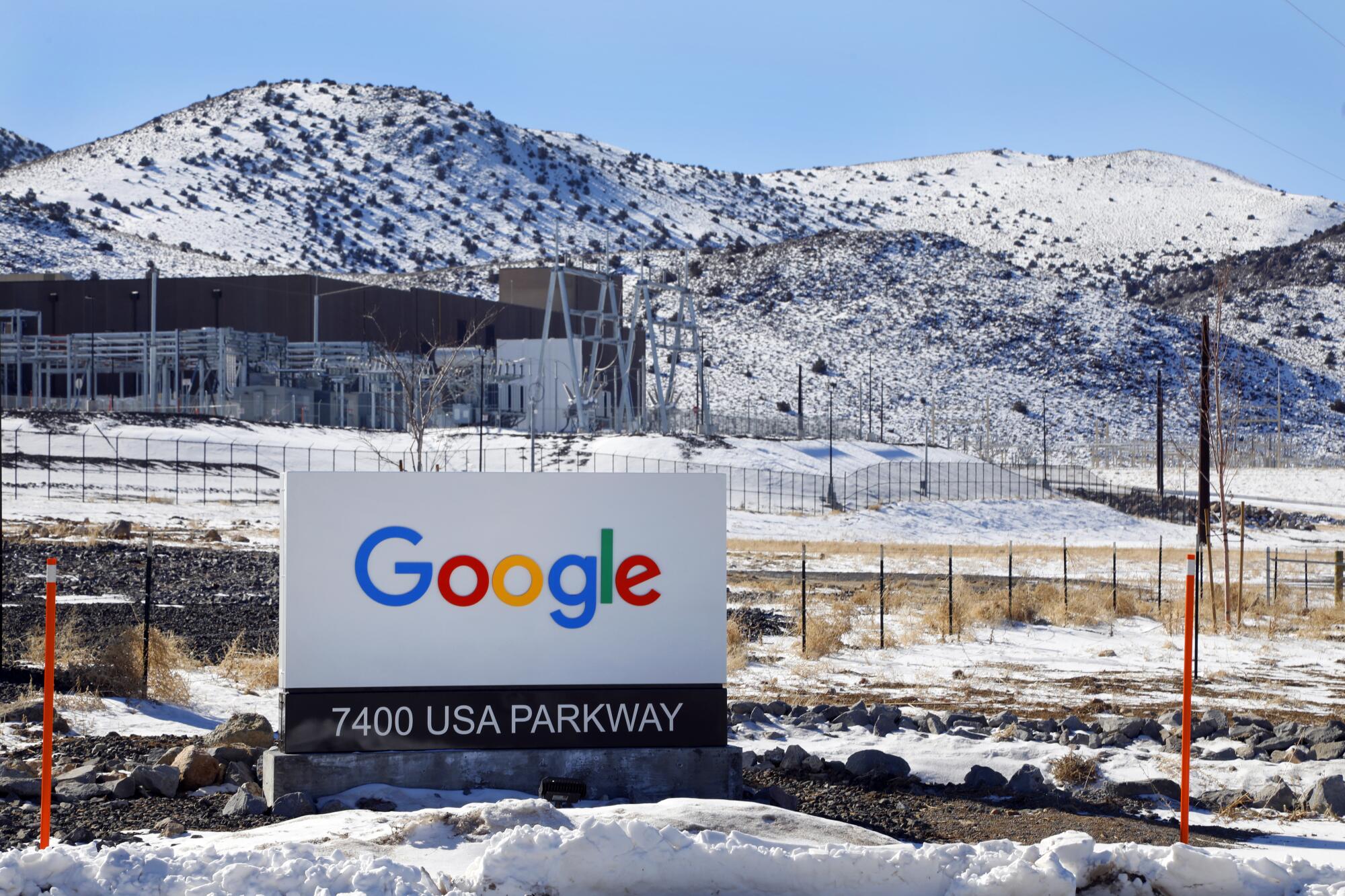
The migrants are seeking to re-create a California lifestyle — a technology hub with comfortable communities, economic growth and mountain views — without California’s problems.
But Californians have found their state’s troubles here too. Streets in northern Nevada are becoming congested; city services, strained. Locals are getting priced out of houses and apartments by Californians who can pay higher rents or drop larger down payments. Nevadans are struggling with homelessness and drug addiction; lines for food and housing assistance are growing. The state’s public schools record some of the lowest standardized test scores in the country.
Year after year, Californians and California-based businesses have pulled up stakes to move to places across the American West that they saw as cheaper, roomier and friendlier. Yet the perfect elixir — a California bender without the hangover — has proved elusive.
A tour of the industrial park, 10 miles outside Reno, shows the scale and speed of the growth: new solar fields, water pipes and storage tanks for Tesla, Panasonic, Apple and a slew of less-recognizable names.
Electric cars, climate credit schemes, diverse boardrooms and legal weed: How California exports its ideas and policies across the U.S.
Kris Thompson, the park’s project manager, can cover only a portion of the construction as he drives through miles of winding roads in his Chevrolet Suburban, pointing out landmarks: 500 acres up that mountain where Nanotech is building a cold storage operation, 1,200 acres in a valley for Google’s build-out. Across the way, about 2,500 trucks drive in and out of the Walmart fulfillment center every day, he said. Wild horses, only visible in the distance, have access to the occasional water station.
Tesla says it employs more than 10,000 people at its $6.2-billion factory here, a joint venture that includes Panasonic. On Jan. 24, Tesla announced it’s building a second, $3.6-billion plant to produce semi-trucks. Chief Executive Elon Musk has called the first factory “incredibly romantic,” promising it will someday be five times larger than the Pentagon, making it the largest building on Earth.

Companies that have fled California over the last three decades have been more likely to land in tiny Reno than just about any other American city. Only the much larger metropolises of New York and Las Vegas have accepted more of the Golden State’s corporate refugees, according to a recent Claremont McKenna College study.
But this is Nevada, so one of the key players in building the new industrial paradise in the desert is the man who runs the oldest licensed brothel in the state, the Mustang Ranch.
The park’s co-developer and lead salesman, Lance Gilman, lives and works out of the famous bordello, a modest set of rust-colored buildings just outside the park’s gates.
‘Don’t move to Texas’: Billboard warns L.A., San Francisco residents about moving to Lone Star State
The billboard, which shows no political affiliation or sponsor, references Uvalde, Texas, where a gunman killed 19 children and two adults at an elementary school in May.
Gilman, 78, wields tremendous power in Storey County. Not only does he run the county’s main business development, but he also serves on the county commission that governs it. He won some of the country’s largest tax breaks for his tenants and also persuaded the state to reimburse him and his partner, Roger Norman, tens of millions of dollars to purchase and complete the USA Parkway, a large road that connects the industrial park to Interstate 80.
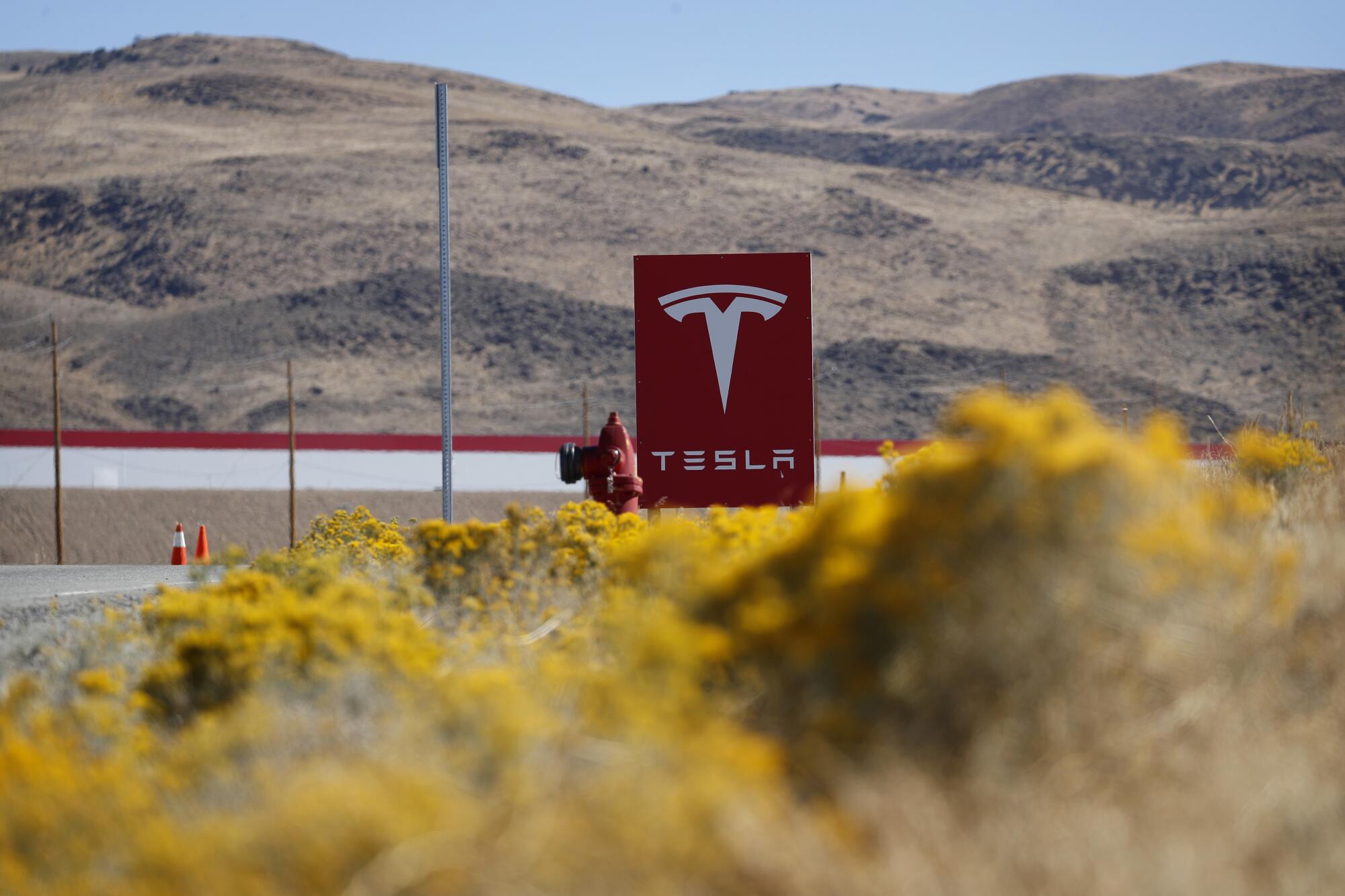
Wearing a broad cowboy hat and a peacoat amid the stuffed deer and other game in the brothel’s restaurant, the San Diego native brags that he foresaw friendly business rules and access to major trucking routes and trains would draw Tesla and other companies that needed big tracts of cheap land.
“This is the first and only place they can go unless they go clearly hell out in the desert, which is too far,” Gilman said. He promises that a grading permit can be had in seven days here, and a building approval in 30 — all without going before a planning commission: “Where in the United States can you do that?”
The lack of red tape, not subsidies, helped Gilman close deals to bring industry here, he insists. Speed and efficiency go a long way, especially compared with California, where extensive environmental reviews take months or years.
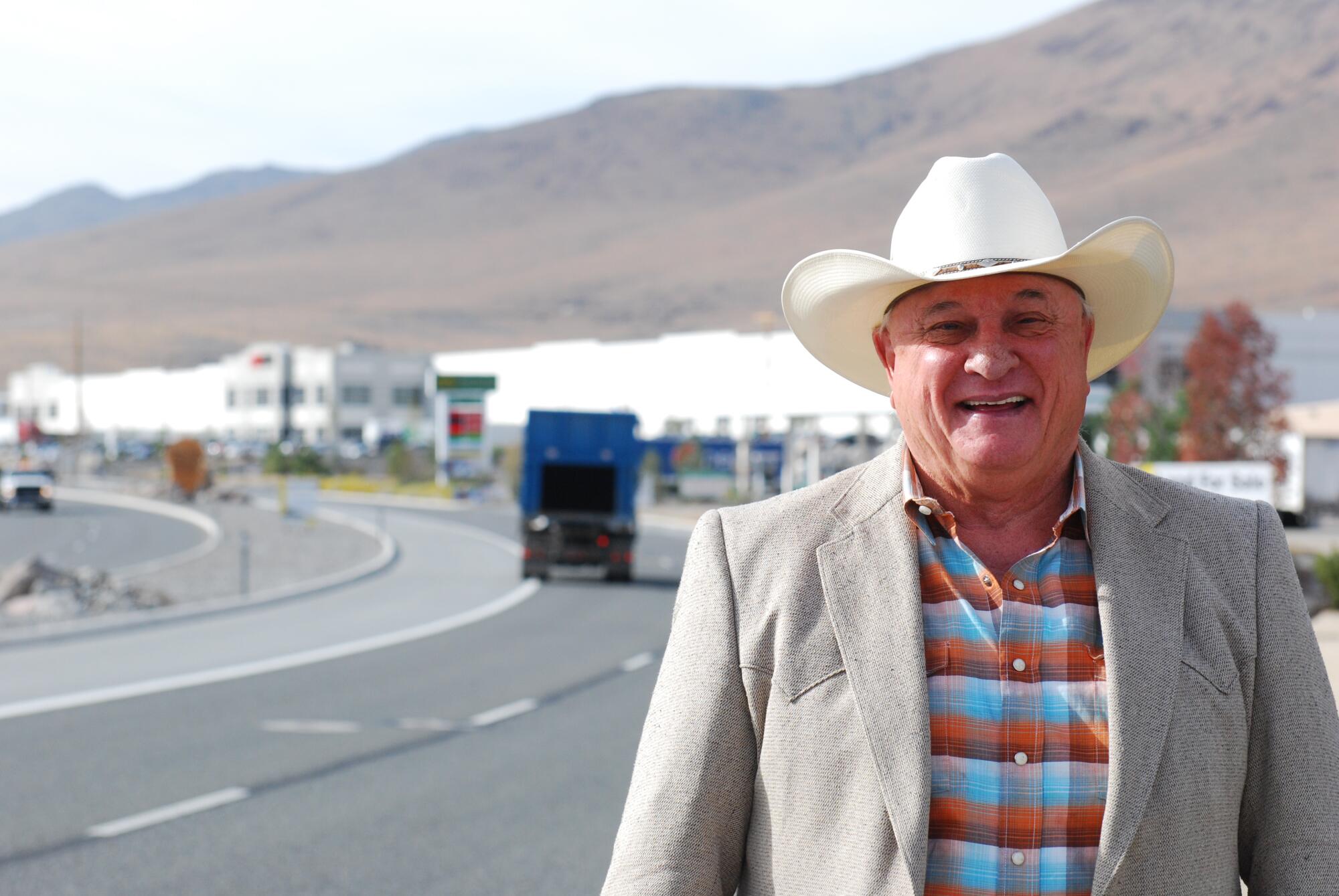
Local economic officials helped Gilman spread that gospel, touting the area’s dearth of taxes as they recruited Kathleen Harris, who runs an industrial gas company near Sacramento, to expand her operation into the park.
The Storey County manager and other officials came to visit Harris’ facility in California to smooth the permitting.
“Can you imagine anyone in California — on a county level — visiting a business?” she said.
Musk has also complained about California’s regulatory environment and won considerations from California to exempt Tesla from some environmental rules before he ultimately chose Nevada, which promised an even speedier process.
Executives who moved their companies here love to cite the ease of doing business. But the generous subsidies Nevada has handed out haven’t hurt.
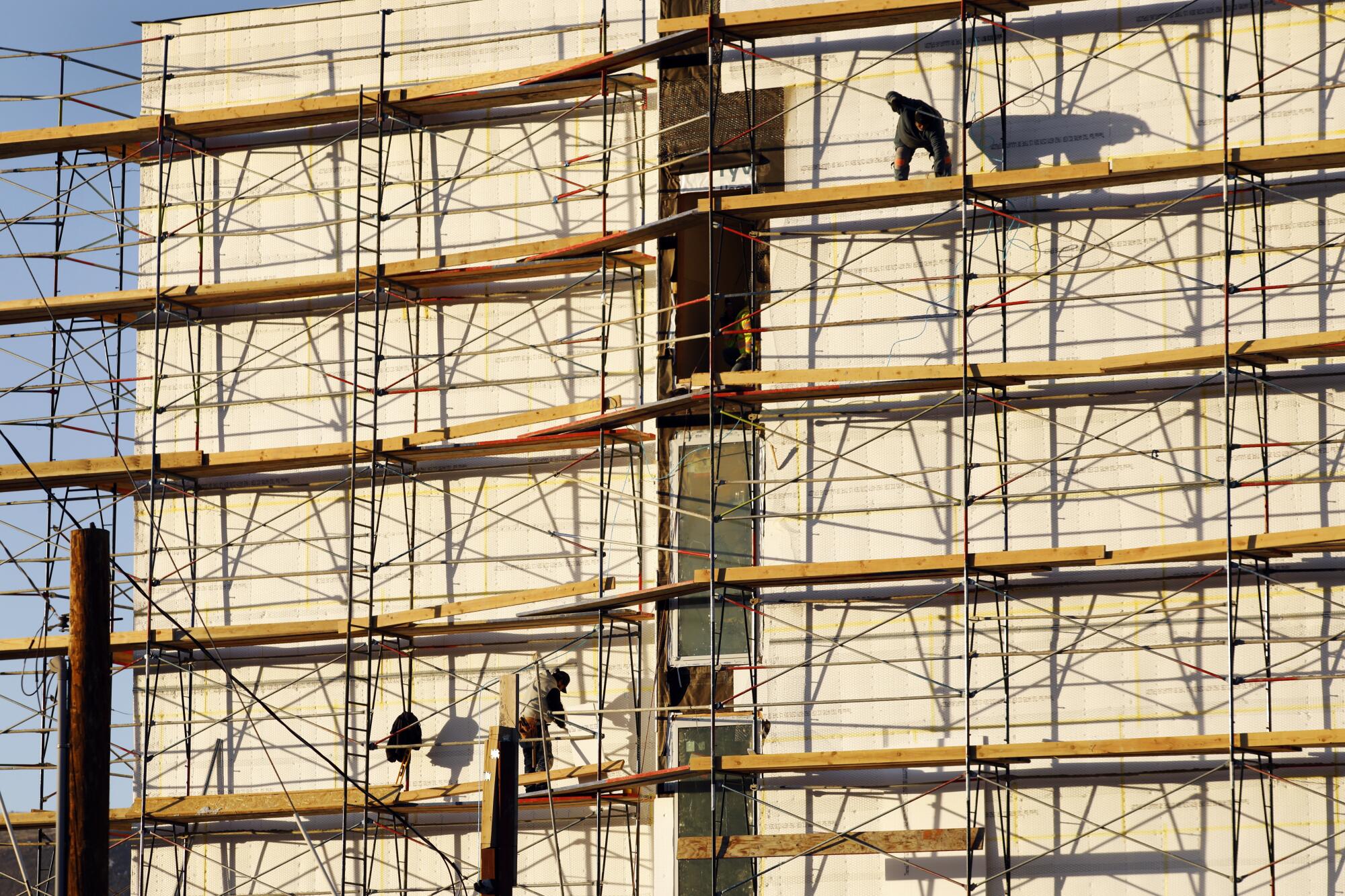
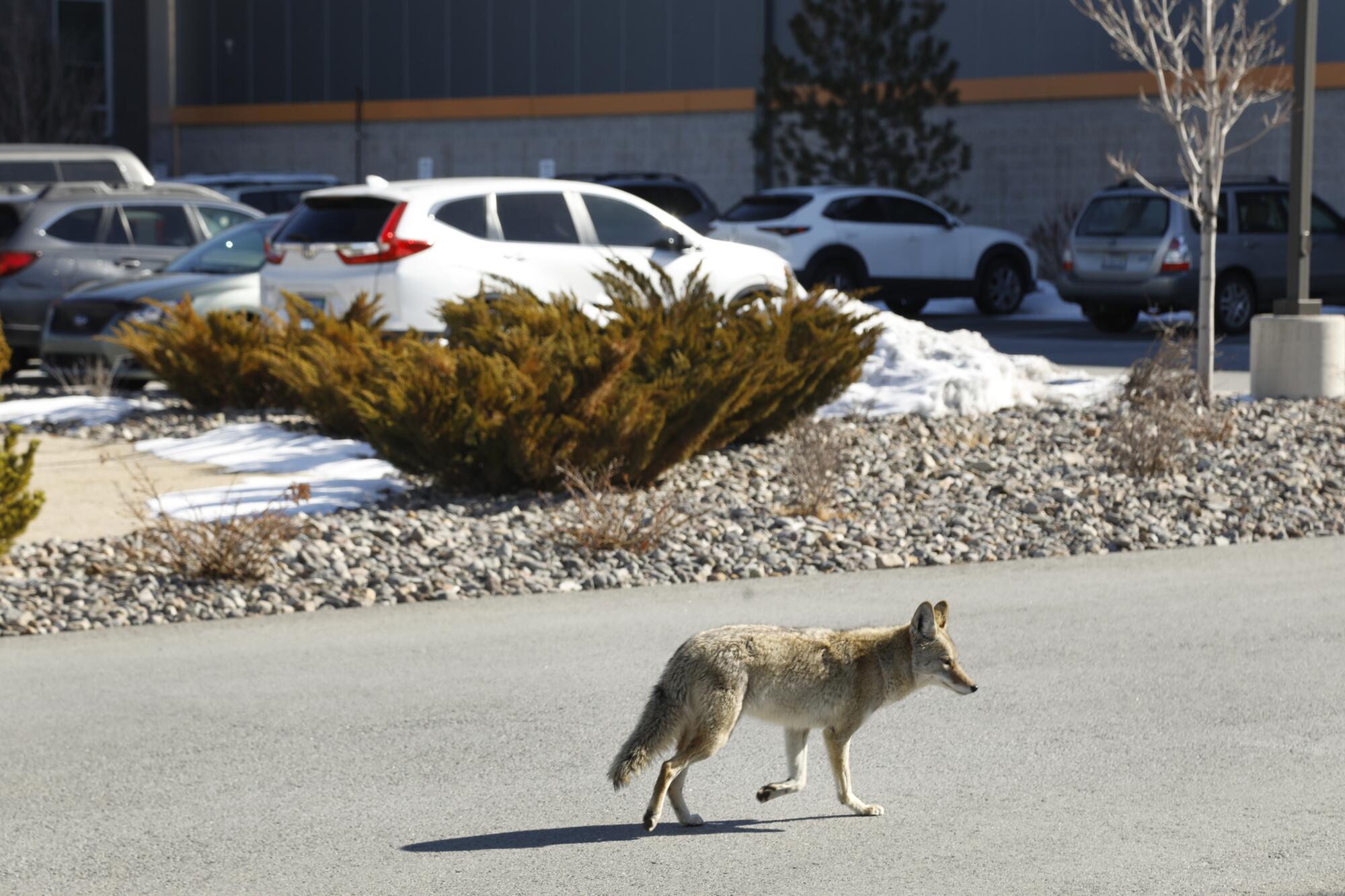
Tesla and its partners were awarded a subsidy package worth $1.3 billion, helping Nevada beat out other states, including California, to score the Gigafactory. The second factory announced in January is likely to qualify for a similar subsidy, based on a state law passed for the company in 2014.
“It’s a giant tax haven,” said Mike Pilcher, president of Northern Nevada Central Labor Council, who calls it both “a blessing and curse.” And that has consequences.
“You have an industrial zone that’s roughly the size of Reno and Sparks, with over 125 companies and growing,” he added. “And they’re not contributing to the infrastructure needs. That’s a recipe for tremendous infrastructure burden.”
Storey County has approved 34 tax-break packages for companies other than Tesla since 2012, according to an analysis Nevada’s economic development office prepared for The Times. Though none of the arrangements rivaled the deal given to the electric-car giant, they totaled more than $300 million.
Many Nevadans have begun debating whether the headlong push for growth has accounted for costs such as housing, schools, roads, child care and services for the region’s poor, said Ann Silver, chief executive of the Reno+Sparks Chamber of Commerce.
“Tesla was brought in for all the right reasons,” Silver said. But “nobody anticipated the full impact.”
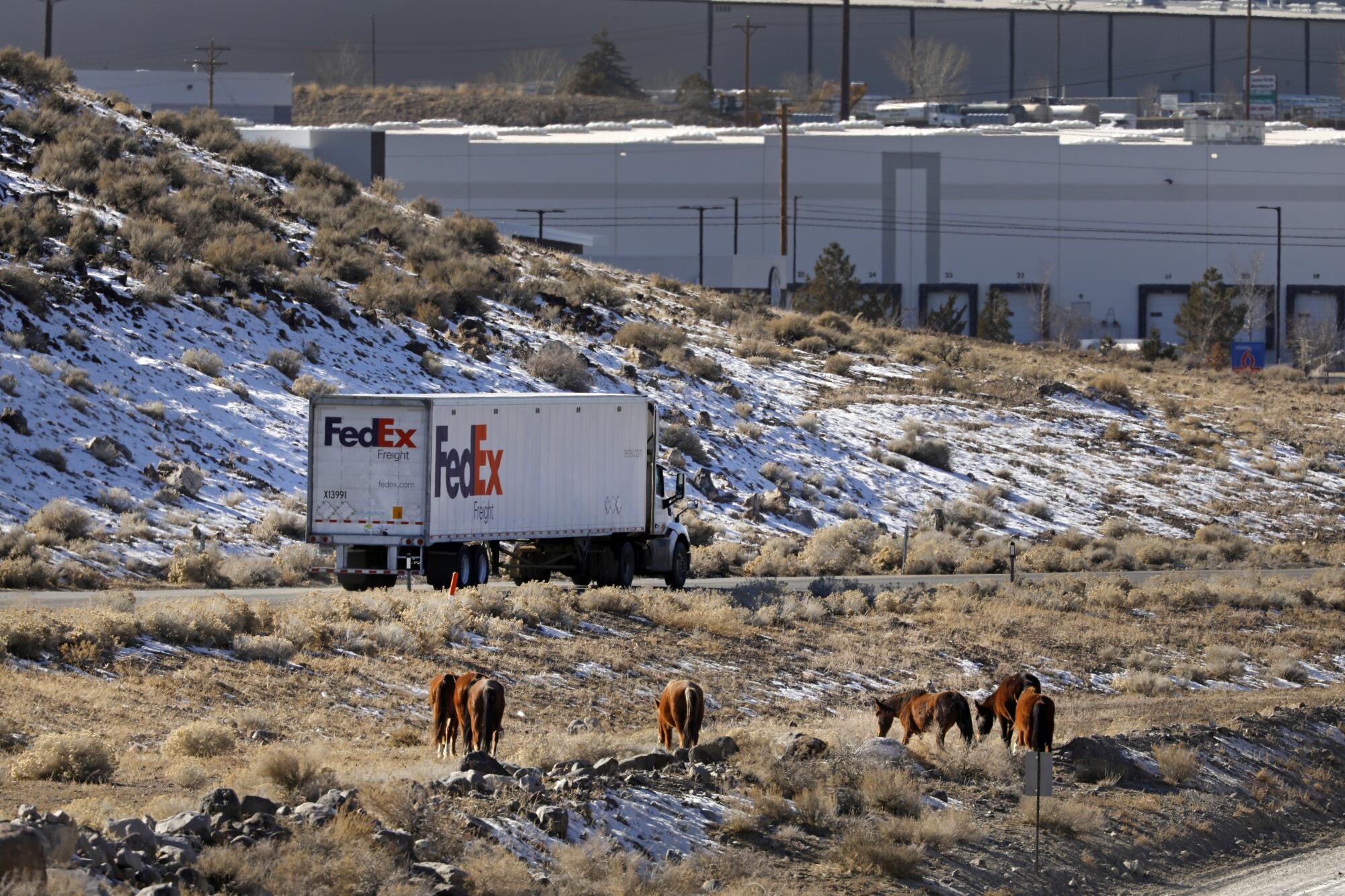
Economic development leaders recognize the problem of rising costs but say the influx of jobs is raising salaries and making the economy less dependent on casinos and hospitality.
Workers in the hospitality industry, which remains the backbone of Nevada’s economy, say they are getting priced out. Many economists see the U.S. economy falling into recession in the next 12 months, which could put people who are already living on the edge in dire straits.
“It’s cheaper, supposedly, but not really,” said Arturo Jimenez, a hotel desk clerk who moved from Southern California and shares an apartment here with his partner for $2,100 a month. “It’s getting pretty crazy.”
After moving to Wisconsin from Los Angeles, I’ve learned that things are easier and cheaper, but nothing compares to L.A.
Inflation, though easing nationally, remains potent in the West, which suffered the highest price increases in the country over the last two years, mostly driven by housing costs. The median price of a house around Reno grew from $188,000 in 2013, a year before Tesla’s arrival, to $519,950 in December, according to Sara Sharkey, president of Sierra Nevada Realtors, a six-county association.
Yet the industrial park that lured so many people here has no houses or apartments, leaving nearby Reno and Sparks, already struggling with a housing crisis, to absorb the flood of transplants — without much extra tax revenue to cover the added services new residents inevitably demand.
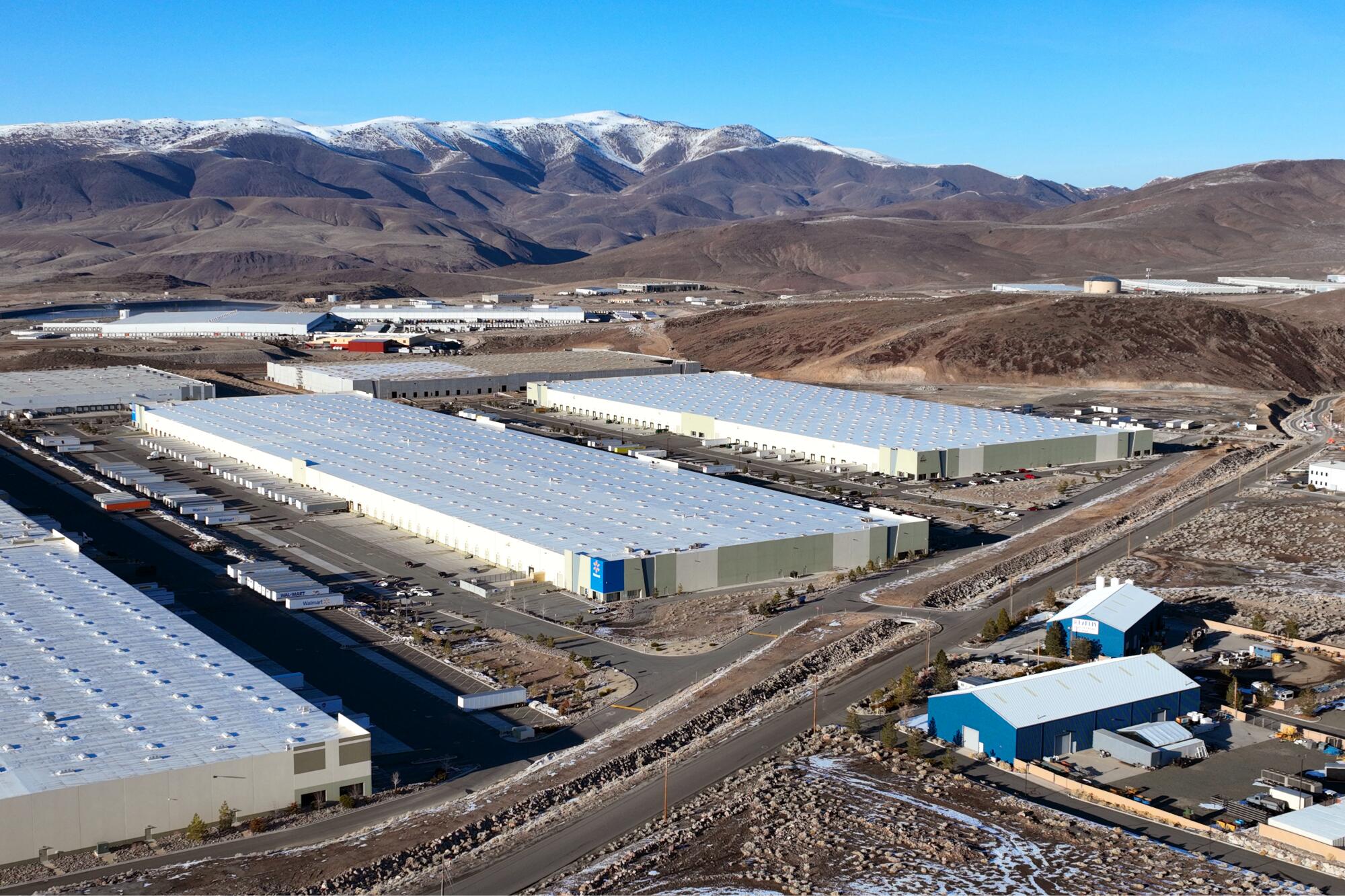
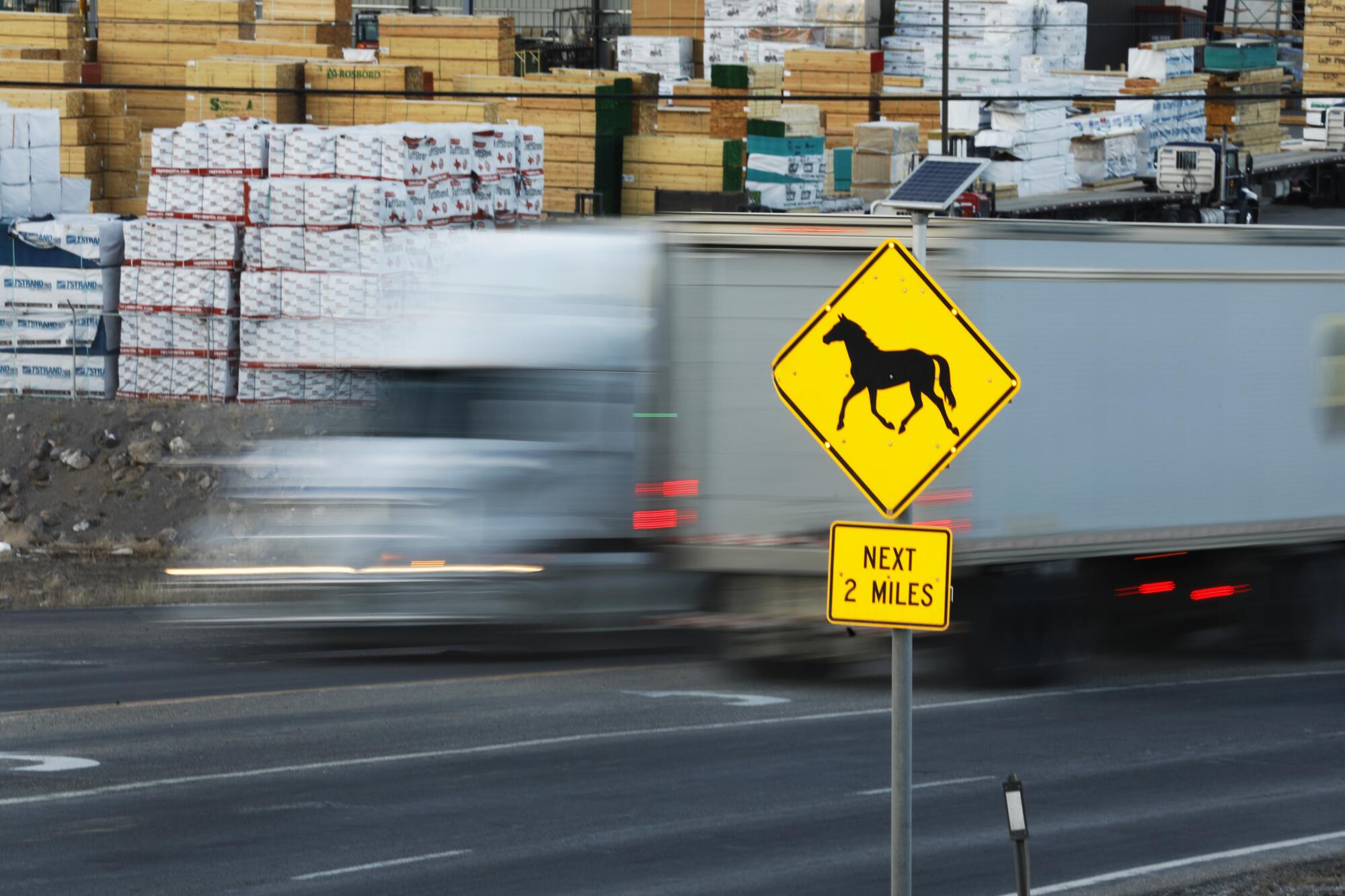
Jon Preiss, a smog machine technician who moved here from Colorado in 1995 and lives in a mobile home in Sparks, said he could never afford a house. “A lot of people that have lived here for a long time, they don’t like Californians,” he added.
Maria Serfen, 41, was cleaning the salsa counter at a taqueria in downtown Reno at 5:45 a.m. on a recent Tuesday, a $17-an-hour job she’s held for 10 years. Her husband was working in the kitchen. They pay $2,300 for the apartment they share with three children.
“I only work for rent,” she said, explaining the family doesn’t have much left over for gifts or fancy meals.
She came from Mexico 25 years ago as her family sought a more comfortable life. But she isn’t sure they found one.
The regional food bank, which has its headquarters in the industrial park, is now serving 130,000 people a month, a record that far surpasses the 91,000 people who needed assistance before the pandemic. That includes new arrivals who have lower-paying jobs, or none at all, and are finding out that Reno’s reputation for affordability may be overstated.
When Christine Hess, executive director of the Nevada Housing Coalition, meets people who are new to the region, she takes a deep breath.
If they’re meeting with her, she said, they have probably run out of options.
Californians’ march east shows no signs of slowing.
More than 85,000 people traded California driver’s licenses for Nevada licenses in 2021 and 2022, accounting for nearly half of all out-of-state swaps, according to the Department of Motor Vehicles.
Robert Cuillard is chief executive of two new housing developments in downtown Reno that are marketing to Californians: the Reno Experience District, downtown luxury apartments and retail clustered around a sculpture garden; and Rancharrah, a gated community and club where housing prices range from the high six to low seven figures.
“Reno was what I think Denver was 20 years ago,” said Cuillard, who moved from Los Angeles to Colorado in 2015 and has since moved to Reno.
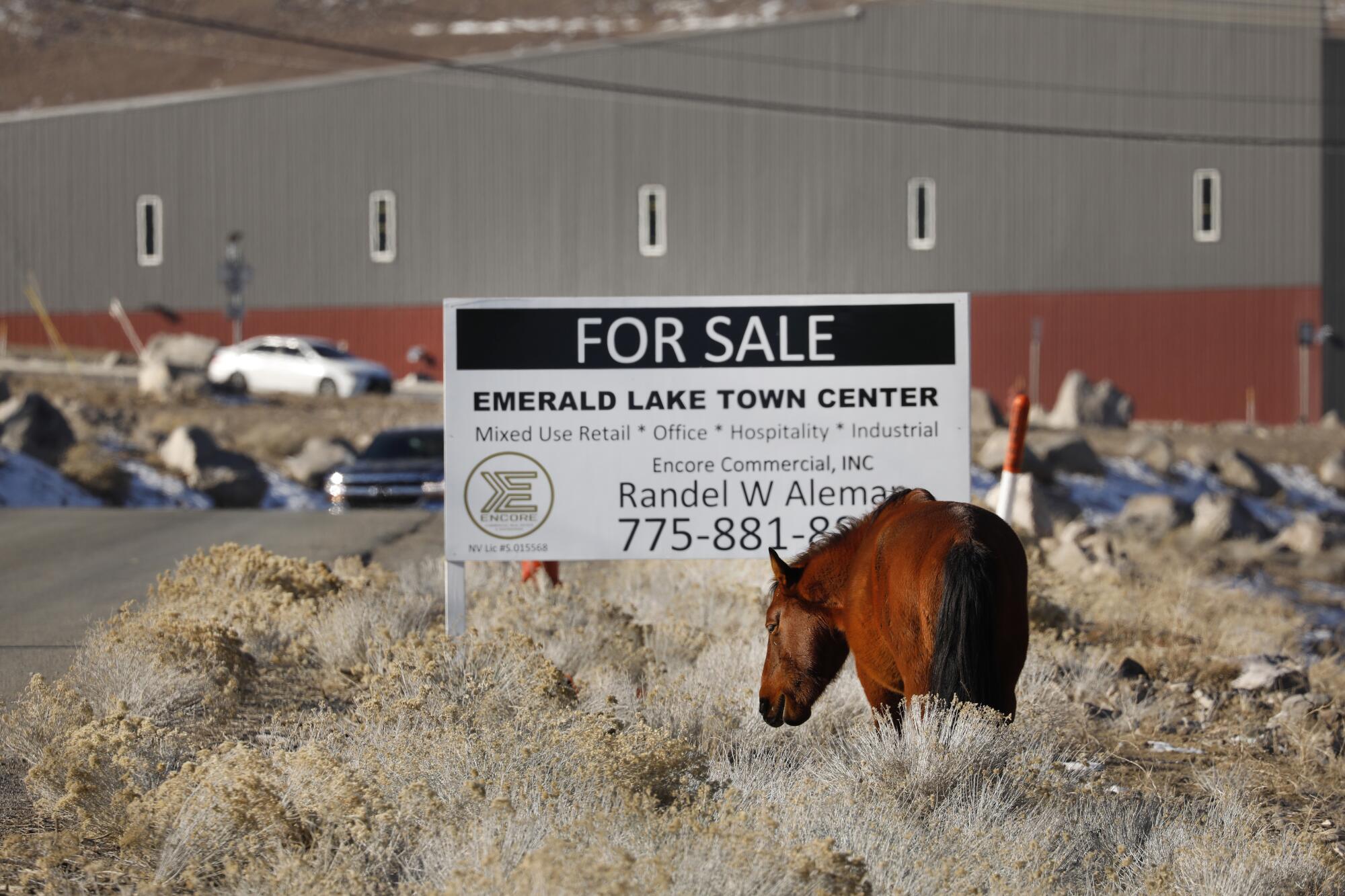
Both projects are trying to bring fine dining and higher-end fitness and spas that professionals in Los Angeles and California are accustomed to. In addition to the new In-N-Out Burger set to open here, the Experience District plans a revamped movie theater, part of an attempt to give Reno’s downtown an identity separate from the casino hotels aimed at keeping people focused on slots and tables.
“I shouldn’t say it’s all Californians. There’s a guy from Chicago,” said Keith Valory, a 50-year-old streaming service CEO who moved to Rancharrah during the pandemic. He loves the nearby golf courses, hikes and the views of Mt. Rose from his back window. He also made a killing in real estate, selling his house in Santa Clara, Calif., for more than $2.5 million and then buying one here for less than $900,000. He doesn’t talk about his real estate ventures with Nevadans.
“It pisses people off,” he said. “Values keep skyrocketing. And if you’ve been living here for decades, and your salaries haven’t gone up, that’s a problem.”
- Share via
Watch L.A. Times Today at 7 p.m. on Spectrum News 1 on Channel 1 or live stream on the Spectrum News App. Palos Verdes Peninsula and Orange County viewers can watch on Cox Systems on channel 99.
More to Read
Get the L.A. Times Politics newsletter
Deeply reported insights into legislation, politics and policy from Sacramento, Washington and beyond. In your inbox twice per week.
You may occasionally receive promotional content from the Los Angeles Times.

